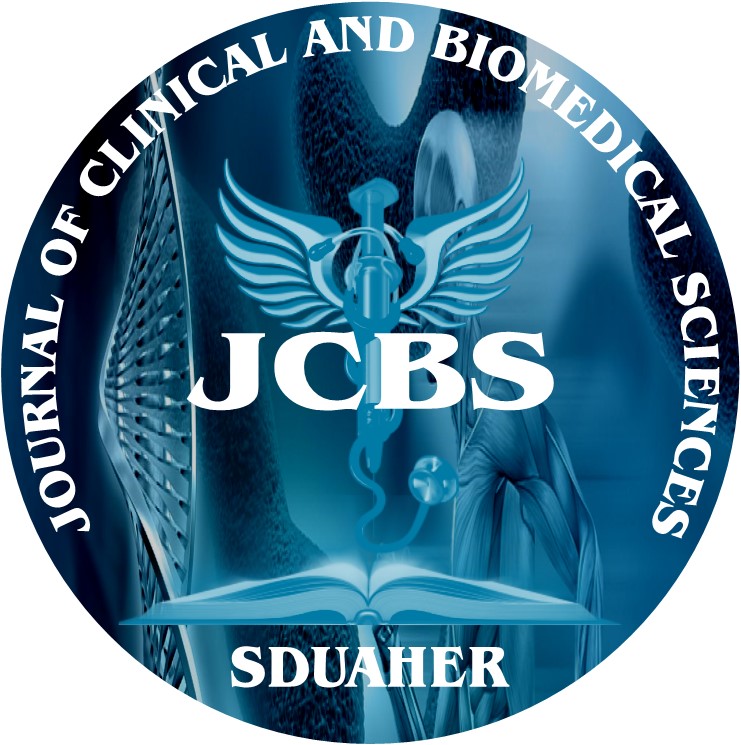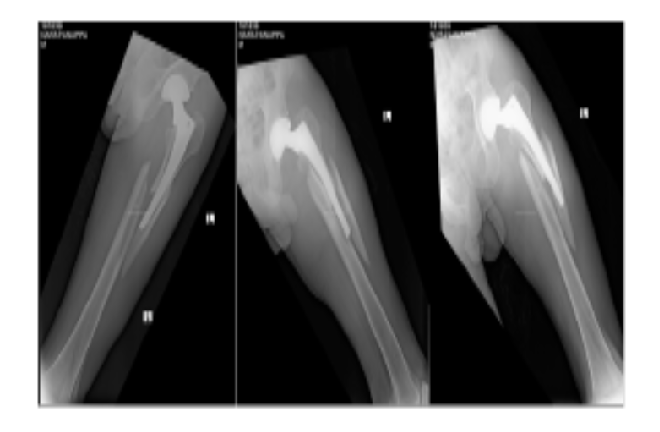


Journal of Clinical and Biomedical Sciences
DOI: 10.58739/jcbs/v15i3.24.18
Year: 2025, Volume: 15, Issue: 3, Pages: 231-233
Case Report
Jayakrishnan Aryadev1, Hariprasad S2∗, Arun H S2, Madhavan P3
1Junior Resident, Department of Orthopaedics, Sri Devaraj Urs Academy of Higher Education and Research, Kolar, Karnataka, India
2Professor and Unit Chief, Department of Orthopaedics, Sri Devaraj Urs Academy of Higher Education and Research, Kolar, Karnataka, India
3Senior Resident, Department of Orthopaedics, Sri Devaraj Urs Academy of Higher Education and Research, Kolar, Karnataka, India
*Corresponding Author
Email: [email protected]
Received Date:24 March 2024, Accepted Date:06 July 2024, Published Date:26 September 2025
Total hip arthroplasty (THA) offers a considerable problem in managing periprosthetic fractures surrounding the femoral stem, and the best course of treatment is still debatable. The patient's profile, the ideal fixation mechanism, the decision-making and surgical planning, the reduction strategies, and the construct configuration all provide complex situations for periprosthetic fractures surrounding the hip after THAs. Studies show that advantages of cementless total hip arthroplasty include that they offer a better long-term bond between the prostheses and bones. The preferred treatment for periprosthetic fractures with evident or subtle clinical symptoms of femoral implant failure or challenging fracture patterns is revision THA with stem exchange.
Keywords
Periprosthetic, Cementless, Arthroplasty, Fracture
This is an open-access article distributed under the terms of the Creative Commons Attribution License, which permits unrestricted use, distribution, and reproduction in any medium, provided the original author and source are credited.
Published By Sri Devaraj Urs Academy of Higher Education, Kolar, Karnataka
Subscribe now for latest articles and news.